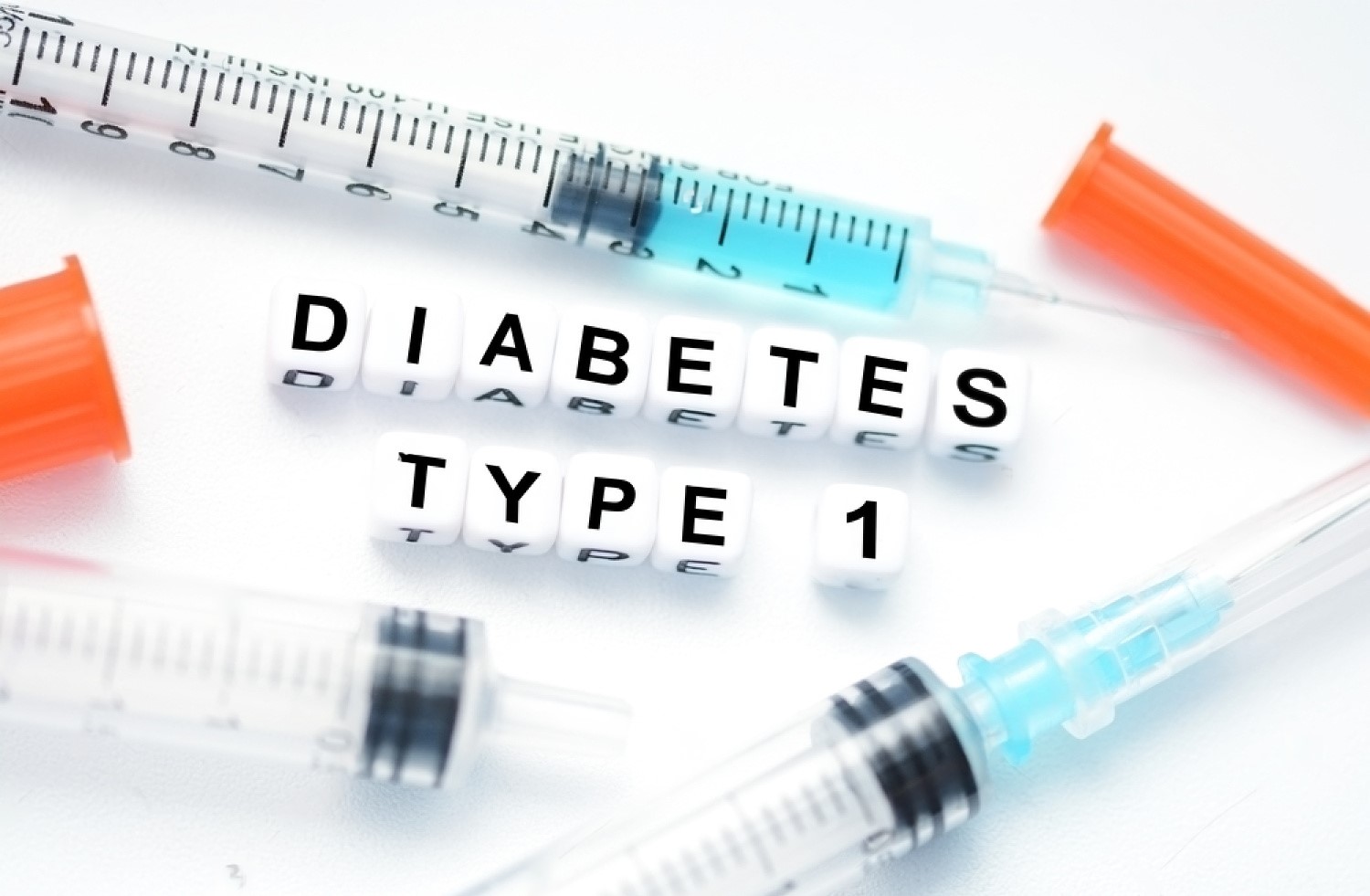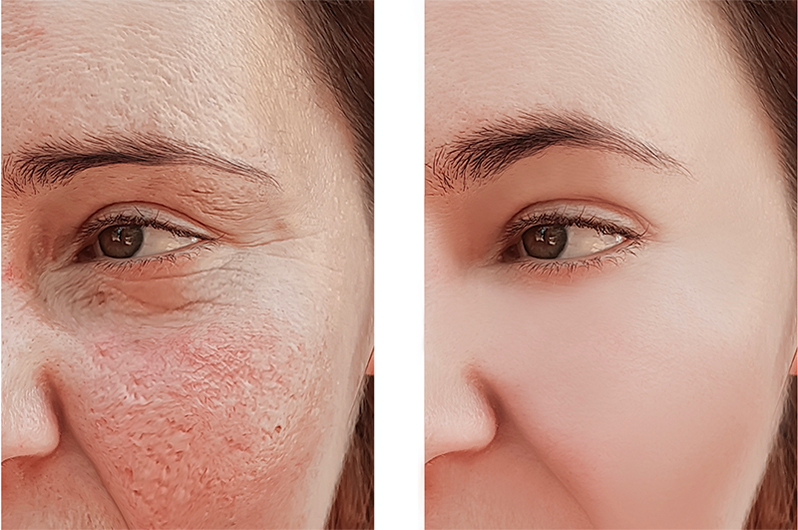Introduction
In the realm of managing Type 1 Diabetes, achieving optimal blood sugar control is the cornerstone of living a healthy and fulfilling life. Understanding and maintaining target A1C levels play a pivotal role in this endeavor. In this comprehensive guide, we delve into the intricate details of Type 1 Diabetes, the significance of attaining optimal A1C levels, and effective strategies to meet these targets while navigating challenges along the way.
What is Type 1 Diabetes?
Type 1 Diabetes is an autoimmune condition in which the body’s immune system mistakenly attacks and destroys insulin-producing cells in the pancreas. This results in a deficiency of insulin, a hormone essential for regulating blood sugar levels. As a consequence, individuals with Type 1 Diabetes must rely on external insulin administration to maintain proper glucose levels in the blood.
The Role of A1C Levels
A1C levels, also known as hemoglobin A1C, provide a crucial snapshot of an individual’s average blood sugar levels over the past two to three months. This metric is expressed as a percentage and reflects the amount of glucose that has attached to hemoglobin in red blood cells. Monitoring A1C levels is a vital tool in assessing the effectiveness of diabetes management and gauging overall blood sugar control.
Importance of Optimal Blood Sugar Control
Striving for optimal A1C levels is not merely a medical recommendation; it’s a way of promoting long-term health and reducing the risk of diabetes-related complications. Elevated blood sugar levels over time can lead to complications such as neuropathy, retinopathy, kidney disease, and cardiovascular issues. Optimal A1C levels significantly mitigate these risks.
Benefits of Maintaining Target A1C Levels
Maintaining target A1C levels comes with a myriad of benefits. These include enhanced energy levels, improved quality of life, reduced likelihood of medical emergencies, and increased overall well-being. Additionally, well-controlled blood sugar levels contribute to stabilized mood and cognitive function.
Setting Target A1C Levels
Determining the optimal target A1C levels is not a one-size-fits-all approach. Several factors come into play, including age, overall health, diabetes history, and the presence of other medical conditions. Collaborating closely with healthcare professionals to set personalized A1C goals is crucial.
Personalized A1C Goals
The American Diabetes Association recommends a general target A1C level of below 7% for most adults with Type 1 Diabetes. However, individualized targets might vary. Factors such as age, pregnancy, and the presence of diabetes-related complications may warrant more stringent or relaxed goals.
Strategies for Achieving Target A1C Levels
-
Insulin Management
Since insulin is pivotal for glucose regulation, effective insulin management is paramount. Consistent insulin administration through injections or an insulin pump is crucial. Understanding basal and bolus insulin needs and adjusting doses as necessary is fundamental.
-
Carbohydrate Counting and Meal Planning
Mastering carbohydrate counting empowers individuals to make informed dietary choices. Combining this skill with balanced meal planning ensures better blood sugar control. Whole grains, lean proteins, and fiber-rich foods should take center stage. You can also use certain dietary supplements such as, GlucoTrust, GlucoFort and LivPure. However, you must analyze, GlucoTrust reviews, GlucoFort complaints and Liv Pure reviews.
-
Regular Physical Activity
Engaging in regular physical activity improves insulin sensitivity and aids in blood sugar regulation. Incorporating both aerobic exercises and strength training into daily routines can contribute to steady glucose levels.
-
Monitoring Blood Sugar Levels
Frequent blood sugar monitoring provides valuable insights into how different factors influence glucose levels. Continuous glucose monitoring systems allow real-time tracking and timely adjustments to insulin doses. You can buy Dexcom G7 in this regard that comes with sensor and Dexcom G7 receiver. You can also buy Freestyle Libre 3 sensor online if you are looking an accurate CGM option.
-
Medication Management
Some individuals with Type 1 Diabetes might require additional medications to complement insulin therapy. Medications such as GLP-1 receptor agonists can assist in stabilizing blood sugar levels and promoting weight management.
Challenges and Pitfalls
Dealing with Hypoglycemia
Maintaining optimal A1C levels sometimes involves the risk of hypoglycemia, or low blood sugar. Recognizing the symptoms and having fast-acting glucose sources on hand is essential to counteract this potentially dangerous condition.
Managing Hyperglycemia
On the other end of the spectrum is hyperglycemia, or high blood sugar. Regular monitoring and adhering to insulin regimens help prevent prolonged periods of elevated blood sugar, which can lead to complications.
Psychological Impact and Mental Health
The relentless nature of diabetes management can take a toll on mental health. Feelings of frustration, burnout, and anxiety are not uncommon. Seeking support from mental health professionals or diabetes support groups is invaluable.
Lifestyle Factors and A1C Control
- Diet and Nutrition
A well-balanced diet rich in whole foods, lean proteins, and healthy fats supports steady blood sugar control. Monitoring portion sizes and limiting refined sugars is essential.
- Exercise and Physical Activity
Physical activity enhances insulin sensitivity and helps maintain weight within a healthy range. Engaging in enjoyable activities increases the likelihood of long-term adherence.
- Stress Management and Sleep
Chronic stress can impact blood sugar levels. Practicing stress-reduction techniques such as meditation, yoga, and ensuring adequate sleep contributes to overall A1C control.
The Role of the Healthcare Team
Endocrinologists and Diabetes Educators
Collaboration with healthcare professionals is pivotal. Endocrinologists and diabetes educators provide guidance on insulin regimens, A1C targets, and overall diabetes management.
Continuous Monitoring and Adjustments
Regular check-ins with healthcare providers allow for continuous monitoring of progress. Adjustments to treatment plans can be made based on evolving needs and circumstances.
Celebrating Achievements
Reaching milestones in blood sugar control should be celebrated. Recognizing progress reinforces positive behaviors and encourages adherence to diabetes management routines.
Learning from Setbacks
Setbacks are a natural part of the journey. Instead of viewing them as failures, they offer valuable insights. Learning from setbacks and making necessary adjustments pave the way for improved blood sugar control.
Conclusion
Achieving optimal blood sugar control through target A1C levels is not just a medical directive; it’s a means of empowering individuals with Type 1 Diabetes to lead fulfilling lives. By understanding the nuances of diabetes management, adopting effective strategies, and collaborating closely with healthcare professionals, the journey toward optimal A1C levels becomes a reality. Embracing the challenges, celebrating successes, and prioritizing overall well-being contribute to a life lived well with Type 1 Diabetes.



